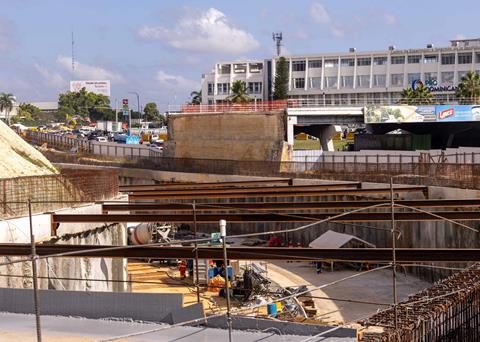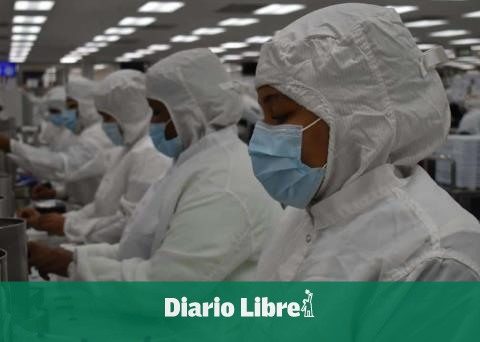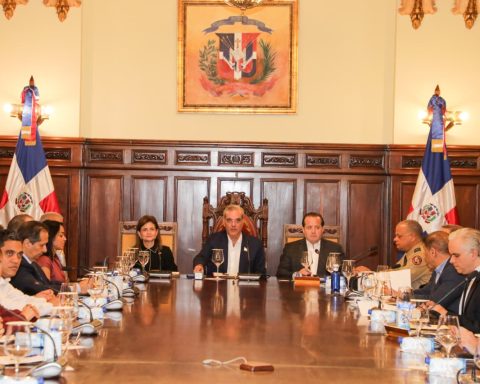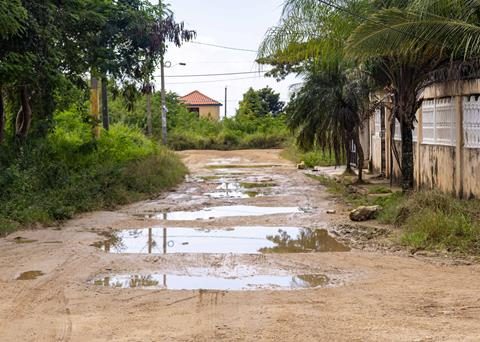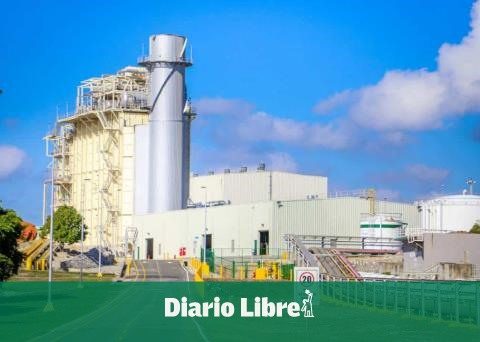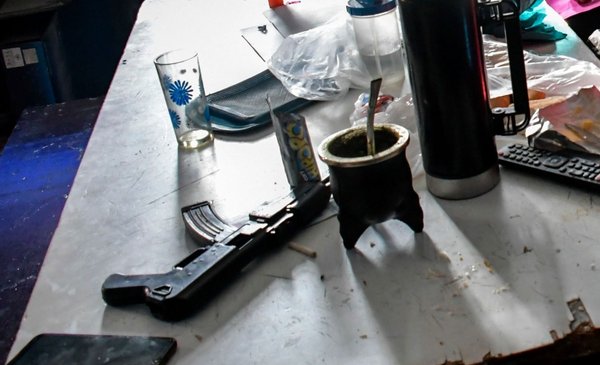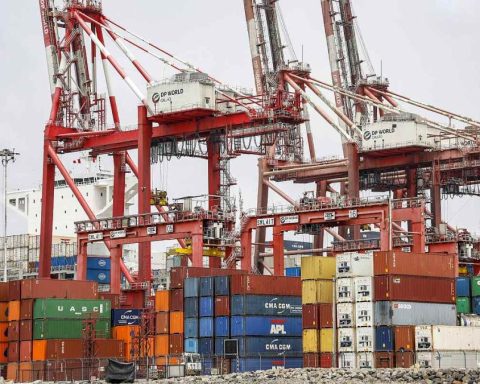Many factors intervene in the triumph at the polls of a political project. One of them is the policy of alliances developed by the parties and their candidates. On this factor, history proves three things: that no one wins alone, you should always bet on adding and never subtracting and that in terms of alliances, 2 + 2 does not always equal four.
The 2020 elections prove that reality. The allies of the Dominican Liberation Party (PLD) were more and better performing in their electoral history than their rival, the now ruling Modern Revolutionary Party (PRM), however, they were unable to push that project enough to retain power.
The PLD had the support of eight organizations, including the Dominican Revolutionary Party (PRD), which in addition to its political history, had reached more than 5.86% at the presidential level in the 2016 elections.
The PRM, on the other hand, only achieved six allies and none of those parties had ever achieved an important vote in its electoral history. However, the PRM achieved victory in the first round with 52.52%, thanks to the support of the allies.
The official party achieved a vote of 48.70% in its box and the minority parties contributed 3.81%. The allies of the PRM were the Broad Front, the Dominican Humanist Party (PHD), Dominicans for Change, the Social Democratic Revolutionary Party (PRSD), the Alliance for Democracy (APD), and the Popular Party (PP).
The bundles contributed 4.48% to the PLD. The purple party achieved a vote of 32.45% in its polling place and the remaining percentage was contributed by the PRD with 2.38%, the Alternative Democratic Movement (Moda), the Renovating Civic Party (PCR), the Christian Democratic Union (UDC), the Christian Popular Party ( PPC), Liberal Action Party (PAL), Popular Democratic Party (PDP) and the Independent Revolutionary Party (PRI).
The third electoral project of 2020 was led by the People’s Force (FP) with five allied parties. FP achieved a vote of 5.69% on his ticket and the allies contributed 3.21%. It should be noted that the alliance was personified by the Social Christian Reformist Party (PRSC). This project also had the support of the Social Democratic Institutional Block (BIS), the National Unity Party (PUN), the Quisqueyano Christian Democratic Party (PQDC) and the National Progressive Force (FNP).
In the last eight presidential elections, only the PLD in 2016, achieved a vote of 505 in its box, but it occurred in a context of division of the PRD, the party that had most gravitated in the country since 1961. In fact, the party white joined the purple party for those elections. In 1994, the PRSC won without allies over the PRD, but the result of those elections generated a political crisis due to the denunciation of electoral fraud by the reds against the whites.
history repeats itself
The effectiveness of alliances in the incidence of electoral victory has been repeated in national elections since 1990. In that event, the main competitors, the ruling PRSC, reached an agreement with four parties that contributed 1.65%, which represented the victory against Juan Bosch and the PLD.
In its box, the PRSC achieved 33.48% and the purple party, together with its ally, the UD, 33.79%. Alone, the PLD got 33.77%, so it would have beaten the official party without the contribution of the allies.
For those elections, the organization denounced that it was the victim of fraud. In that appointment, the PRD with José Francisco Peña Gómez, achieved two allies, and was in third place, with 23% of the votes and the abstention rate was higher than 40%.
For the 1994 contest, the electoral battle was between the PRSC and the PRD. The white party achieved three allies, the UD, PPC and the BIS that contributed 1.15% to the 39.41 that the PRD took out in their box, for a total of 41.55%. The PRSC achieved five allies that contributed 0.32%, but according to the official calculation, the PRSC achieved 41.89% in its box, higher than the 41.55% of the PRD with its allies.
In 1996, more allies did not give victory to the PRD
After the crisis that generated the result of the 1994 elections due to allegations of fraud and that was about to generate a power vacuum, the situation was resolved by cutting the PRSC government by 2 years and setting elections for 1996. election, the PRD achieved a broad alliance in the first round that included eight parties in addition to its initials. The PLD, which became the competitor of the white party, did not have a single ally, and the PRSC made alliances with 2 parties but with a single box. The PRD achieved 45.94% in the first round, 41% in the white box and 3.48% contributed by its allies. The PLD got 38.93% and the PRSC 15%. For the second round, the PRSC supported the PLD and won the purple party, despite having fewer allies than the PRD. By 2000, it was the other way around. The PRD achieved a victory in the first round with six allies, against the PLD allied to the BIS.

